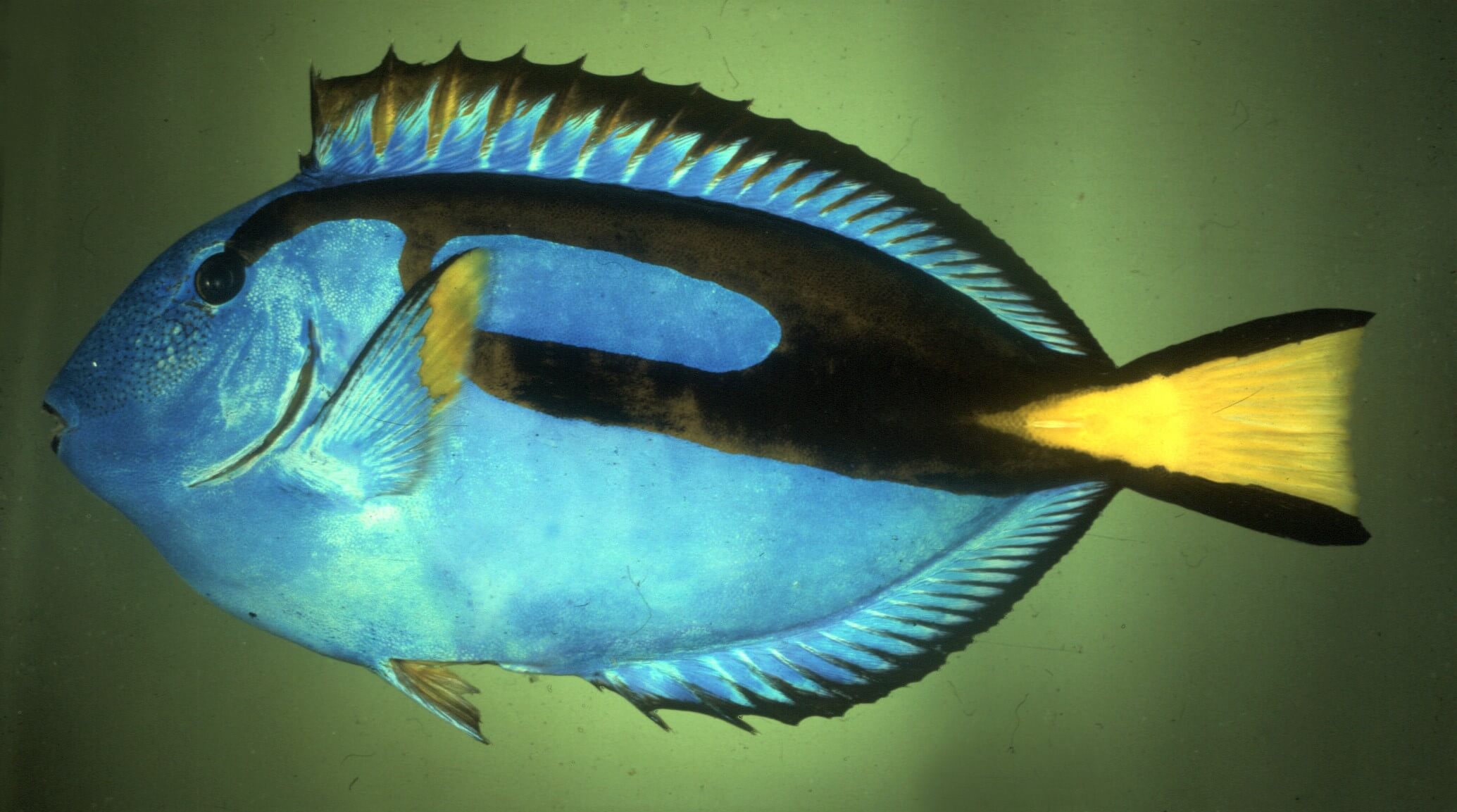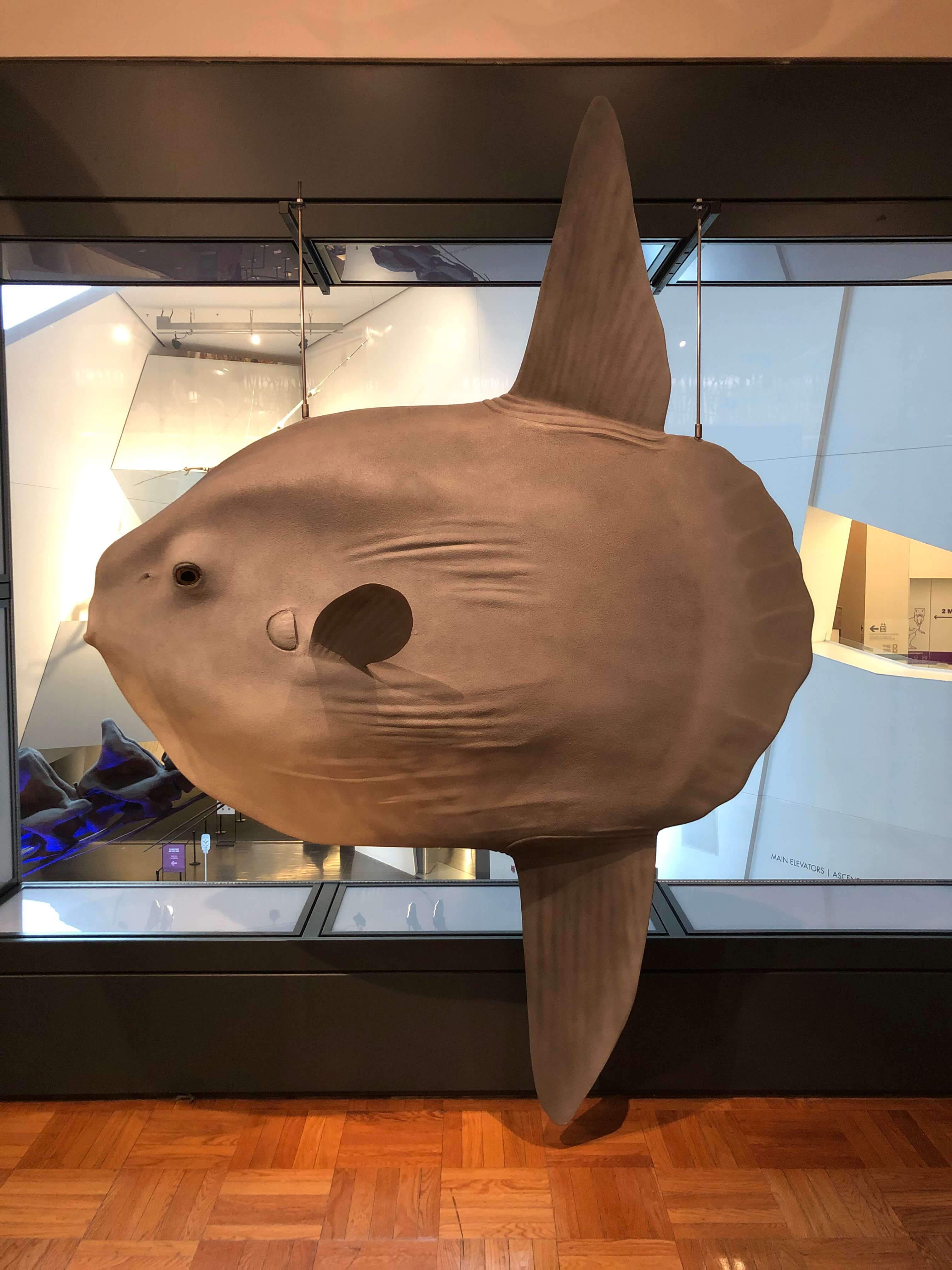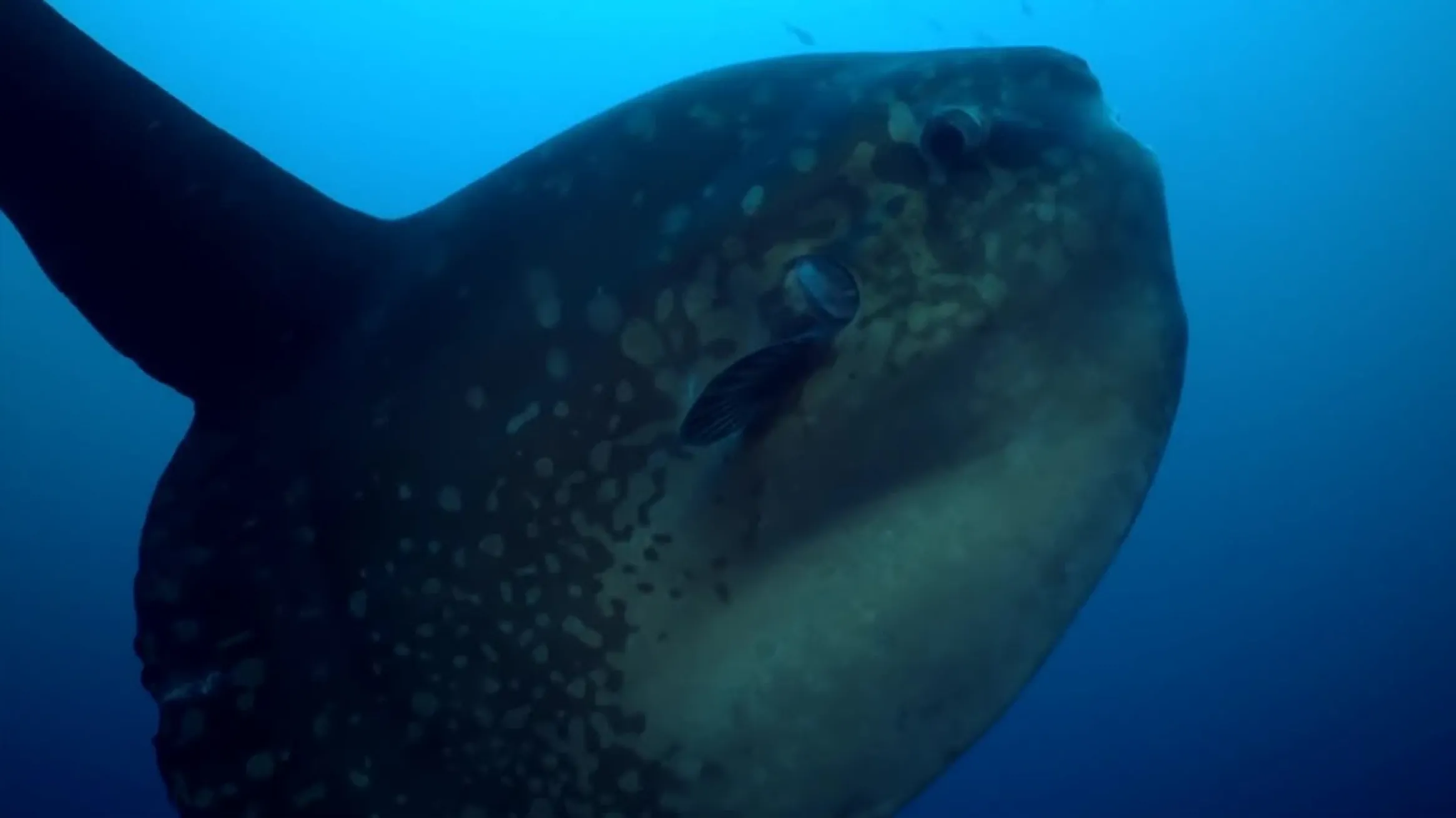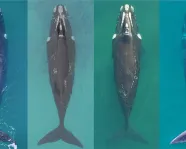Ask ROM Anything: Mary Burridge
Category
Audience
Age
About
Every Thursday at 10 am on Instagram we chat with a different ROM expert ready to answer your burning questions on a different subject. This time on Ask ROM Anything we are talking to Mary Burridge, the assistant curator of ichthyology in the department of natural history here at the Royal Ontario Museum.
With more than 35 years experience, she has written numerous scientific papers describing new fish species from southeast Asia and the Indo-Pacific. She has also written popular articles on environmental impacts to Ontario’s native fishes, and the ROM’s natural history exhibitions and collections.
Mary is co-author of the ROM Field Guide to Ontario Freshwater Fishes and teaches fish identification workshops to Ontario biologists and consultants.
She has been on field expeditions that include diving on coral reefs in the South China Sea and wading in waters filled with piranhas in Suriname. Mary has been a team member for several ROM galleries and exhibitions including the Life in Crisis-Schad Gallery of Biodiversity, and the Patrick and Barbara Keenan Family Gallery of Hands-on Biodiversity.
Ask Mary Anything

Q. What is your favourite species of fish?
A. I would have to pick something from the coral reefs, as they are just so astoundingly beautiful and highly adapted for living in nooks and crannies of the reef. I think the Palette Surgeonfish, which also happens to be Dory in the movie Finding Nemo, is probably my favourite. It’s beautiful blue colour, shape, and pattern just amazes me every time I see it. You can actually see a live one in our coral reef aquarium in the Schad gallery at the ROM. It may become your favourite after seeing it in living colour!
Q. How can we help prevent or reverse the damage you noticed to the reefs and their ecosystem?
A. This is an excellent question because it seems so overwhelming. Also, Canada seems so far away from coral reefs, so how can we help? There are still things we can do though, even in Canada. First, we all need to reduce our carbon footprint and every little bit helps. Walk to school or work instead of taking the car, turn off the lights in your home when not in use, turn down the heat or air conditioning when you are not home. Other excellent choices to make if you go south in the winter where there are coral reefs include: not going fishing on the reefs, not going on “reef walking” boat tours, or chasing fishes off the reef if you go diving or snorkelling. We can all play our part in saving coral reefs.
Q. What is the most fish populated lake in Canada? Why?
A. I would say that Lake Erie, which is the shallowest of the Great Lakes, has the greatest number of fish, and fish species, even though it has only 2% of the volume of the Great Lakes. This is because Lake Erie is more southern and warmer than other Canadian lakes, and there are many more fish species that like warm water such as bass, walleye, and sunfish, to name a few, than fish species that like cold water such as trout and smelt. So, although you might think that Lake Superior, being such a big lake would have the most number of fish (it has about 50 species), it is actually Lake Erie that does, with 130 species.
Q. What is the most unique fish you have experienced in person?
A. I would have to say the mudskipper, which we saw in the mangrove swamps in the Philippines. They look very peculiar with their eyes on top of their heads so they can see under the water and above the water at the same time. They are like amphibians and can spend a good amount of time out of the water by breathing through their skin. They also use their pectoral and pelvic fins like legs and not only come out onto the shore but can actually climb onto rocks and low bushes! Watch this National Geographic video of these creatures and you will see how unique they really are!
Q. Would you rather fight one human-sized Atlantic Salmon or 10,000 regular Atlantic Salmon?
A. I am not much of a fighter so I would say neither! But if I were reeling in a human-sized Atlantic Salmon on a fishing rod I am sure it would put up quite a fight!

Q. What is the coolest fish in Ontario?
A. My favourite fish in Ontario is the Lake Sturgeon, which also happens to be the largest. I do not think many people realize we have such large fish in our lakes and rivers, but it can reach 2.2 metres in length and 76 kg. That’s a big fish! They can also live to be over 100 years old. At one time there was a commercial fishery on the Great Lakes for this fish, but numbers declined rapidly. There slow recovery is being monitored.
Q. How do fish survive in frozen lakes?
A. As fish are cold blooded and are pretty much the same temperature as the ambient water around them, they can get pretty cold in winter! Because of this they generally sink into deep pools near the bottom and often school in groups. Their metabolism goes into a resting state with the heart slowing, their need for oxygen decreasing, and hence their need for food decreasing. As the ice forms on the surface above them, it provides some insulation and helps prevent the water near the bottom from freezing. Some fish, such as perch and walleye, can be “ice-fished” through holes in the ice and are enticed up near the surface with a flashy bright coloured lure or live bait.
Q. What is the hardest part about working with fish and/or about your job?
A. I guess some people might think the unpleasant smell of fresh fish would be the worst thing, but honestly after all these years of working with them, I do not really notice! Also, I usually work on the million or so specimens in our fish collection that are stored in 70% ethanol so those do not have much smell at all. The hardest part of my job may be the amount of time spent working, on a daily basis. The passion of Curators at the ROM for their work creates a situation where you just do not have enough time in a day to work on everything that we love to do. We fear missing out on opportunities, like in my case: a field expedition to Suriname, or writing a book about Ontario fishes, or working on an exhibition about blood suckers. So, although this does not seem hard, it does become very difficult to balance your workload.
Q. What is the oldest fish in the collection?
A. Our oldest fish is a dried specimen of an Atlantic Salmon from the 1850s, even older than the museum itself! This specimen was one of a few fish that was used as brood stock at the fish hatchery in Wilmot Creek. Once a fish that was so abundant in Lake Ontario, early settlers could scoop them out of the Don and Credit rivers, for example, by the bucket load. But in a matter of 100 years or so, the Atlantic Salmon stock crashed and they became extirpated from Lake Ontario by the late 1800s. A sad story but an important reminder of what humans have done, and a great specimen for the ROM to maintain in perpetuity.

Q. What is your favourite weird looking fish?
A. I would have to say it is Mola mola, the Ocean Sunfish. Have you seen the huge one we have in the Schad Gallery at the ROM? The ROM mount was modelled from a real Ocean Sunfish that washed up on the beach in Atlantic Canada. The Ocean Sunfish is a giant, weighing up to 1,000 kg and it looks like a giant head with a tail but no body. It is sometimes seen lying on its side up on the ocean surface, as if it is sunbathing, hence the name. BBC Earth has a great underwater video of a Mola mola.
Ask Mary Anything
Q. What invasive fish species are in the Great Lakes?
A. There are over 180 species that have invaded the Great Lakes since the 1800s, and about 25 are fish species. This would include: Round Goby, Alewife, White Perch, Goldfish, Common Carp, Sea Lamprey, Rainbow Smelt, Ruffe, Rudd, Chain Pickerel, Chinook Salmon, Coho Salmon, Rainbow Trout, Tench, Flathead Catfish, and others that are less common or have not yet made it to the Canadian side of the Great Lakes. Some of these listed above were intentionally introduced for sport fishing, so may not be considered invasive by some. Others have likely moved into the Great Lakes on their own accord, such as the Chain Pickerel and Flathead Catfish, but they still may cause problems to native fishes.
Q. Does the ROM take part in any minor breeding programs? If not, what happens if fish do breed?
A. The ROM does do a lot of fish-oriented research that is biodiversity based using our collections, such as describing species new to science, and determining relationships of fish groups using morphology and genetic techniques. Breeding programs are considered more of a fish management practice and are carried out by the Ontario Ministry of Natural Resources and Forestry. known and more recent—the European Spector, otherwise known as the Lady in the Dress.
Q. Do fish have a certain tank space/minimum size requirement?
A. Yes, they do, although certain fish need more space than others, depending on their size and their nature, such as aggression. The rule of thumb is about one smallish fish per gallon of water, particularly if you are just starting up a new tank. Once things have settled down in the tank you can likely add a few more but be careful because they will grow in size over time!
Q. What are some changes or adaptations being noticed in the Great Lakes fish populations due to pollution?
A. I am unaware of any particular changes or adaptations that Great Lakes fish have had that allows them to be more tolerant of pollution. In most cases, pollutants are absorbed into the fish from the water and then stored in their fat and muscle tissue. This is the reason why people are not recommended to eat large fish that are caught in the Great Lakes. Research in the USA on the Killifish, however, has shown that in just a few decades, genetic adaptations have occurred that allow the Killifish to live in highly polluted waters. This is unlikely to occur so rapidly, if at all, in most fish species. The Killifish does not live in the Great Lakes.
Q. What got you interested in studying fish?
A. I was always interested in wildlife as a child, though not particularly in fish. When I went to the University of Guelph, I majored in Fisheries and Wildlife and after a couple of years realized that about 80% of the students taking this specialty were aiming for a career in wildlife, and not fisheries. Being very practical, I decided to steer toward a career in fisheries where I would have a better chance of landing a job. I have never regretted working with fish and I have had an amazing career at the ROM that I would unlikely have had continuing on a career path in wildlife.
Q. Does scent on lures really work? Do fish have a sense of smell?
A. Most fish species have an amazing sense of smell. Although they have quite small nostrils on their heads, the olfactory receptors inside the nostrils can be extremely sensitive. Their sense of smell is used for a variety of things such as finding spawning grounds. When salmon are ready to spawn, they travel 1000s of km to find the distinctive smell of their home stream where they hatched. They also use smell to avoid predators, and of course for locating food, which is most important for anglers!




